We have people call us all the time wanting to know if we have chickens for sale. They are asking about birds that are for butcher.
But not all chickens are alike.
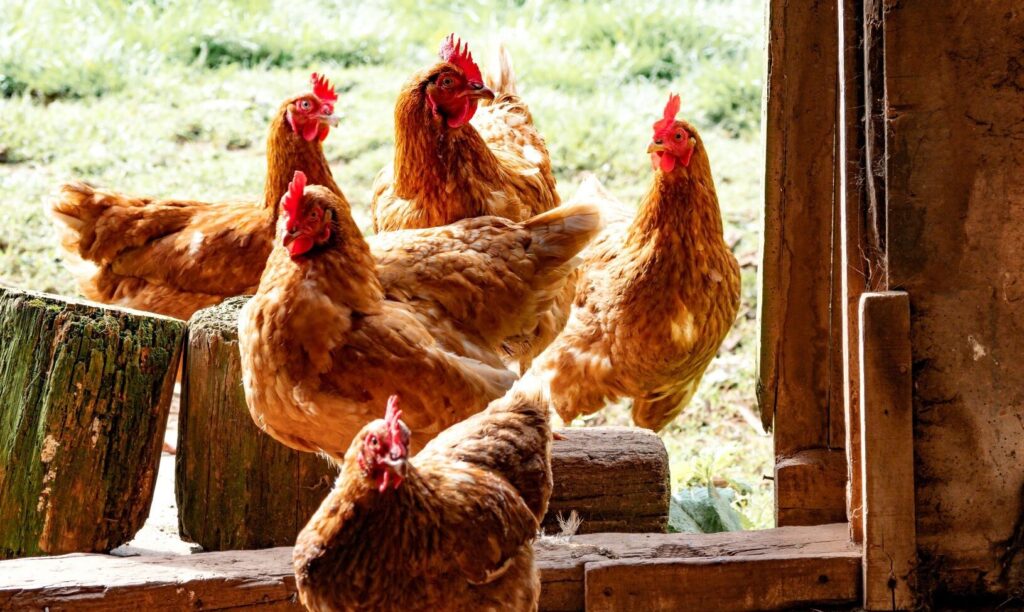
Some birds are for laying. We call these our laying hens.
And some birds are for meat. We call these our meat birds or broilers.
And there are some birds that are considered dual purpose. They can be used for both a laying hen and meat bird, mostly because of their size.
But on our farm, our laying hens aren’t our meat birds. We don’t sell live birds for meat.
Let me tell you about the differences in the two on our farm.
Laying Hens
On our farm, our laying hens are just that, for laying eggs. Our laying hens are ISSAs, a hybrid breed. A cross between a Rhode Island Red and White Leghorn. They are prolific layers of the beautiful brown eggs you get from our farm.
At the moment we have several other breeds, but they don’t lay the majority of our eggs. The other breeds are getting older now. And lay fewer and fewer eggs the older they get.
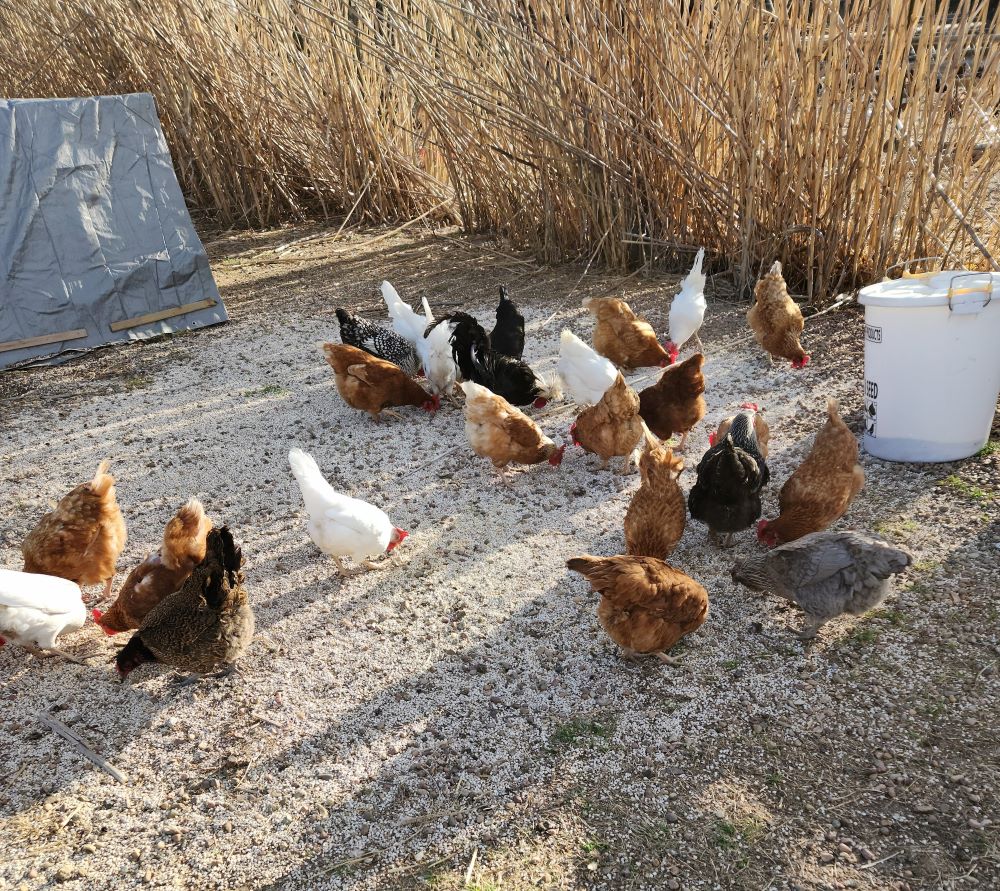
Laying hens are a smaller bird that can run and chase grasshoppers and in most cases catch them. In some cases, they chase our cats too.
Point is, laying hens are not fat and plump. They are thinner, smaller bird.
Our birds free range. They have the run of the yard. This means when a hawk, falcon or eagle flies over they need to be able to run to cover when the rooster warns them of trouble.
We do have guardian dogs that are great for chasing off the flying predators, but they won’t always see them. Those birds don’t always make a sound and sometimes the roosters don’t see them either. They’re sneaky like that. And we have lost some to these birds, but not often.
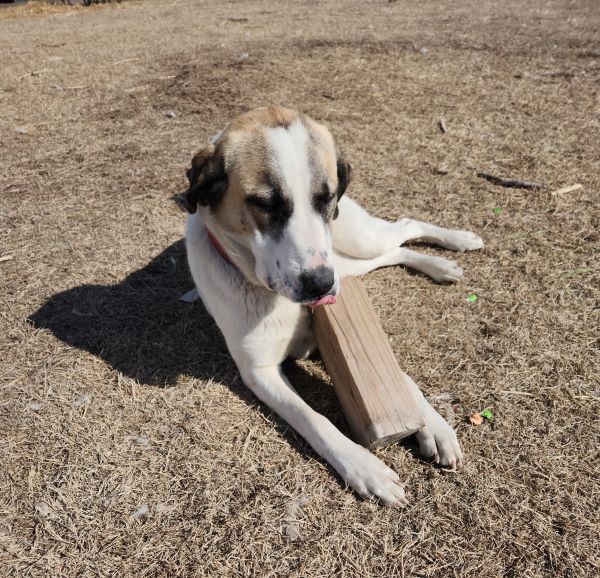
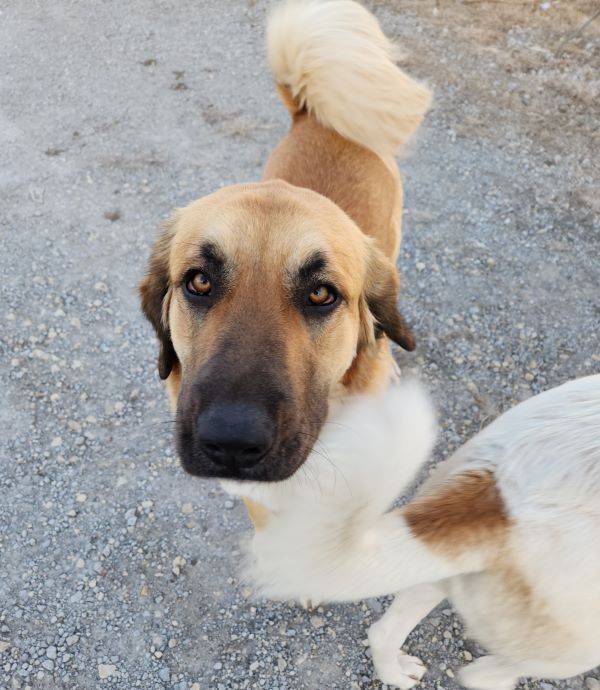
This is why our feathered girls (and a few boys) are put up in a coop at night too. The night time predators are almost worse than the flying ones. So we protect them at night in locked coops.
Some of our laying hens hang around for several years as I mentioned above. As a laying hen gets older she lays less eggs. Year by year her laying yield reduces steadily.
We talk yearly about culling the older birds, which at this point would be very tough eating. But so far, we’ve not done it.
As of this writing, the only thing we’ve ever culled were roosters. That was because they were getting mean and flogging us. We have grandkids. Mean roosters are not an option.
My idea is to give them away to people in town, who would like backyard chickens. They don’t lay a lot, but they would give folks 3 to 4 eggs a week. They are wonderful to have around and a ton of fun to watch. They’re really great at eating scraps and it’s fun to learn their personalities. We think there’s a lot of advantages to having chickens.
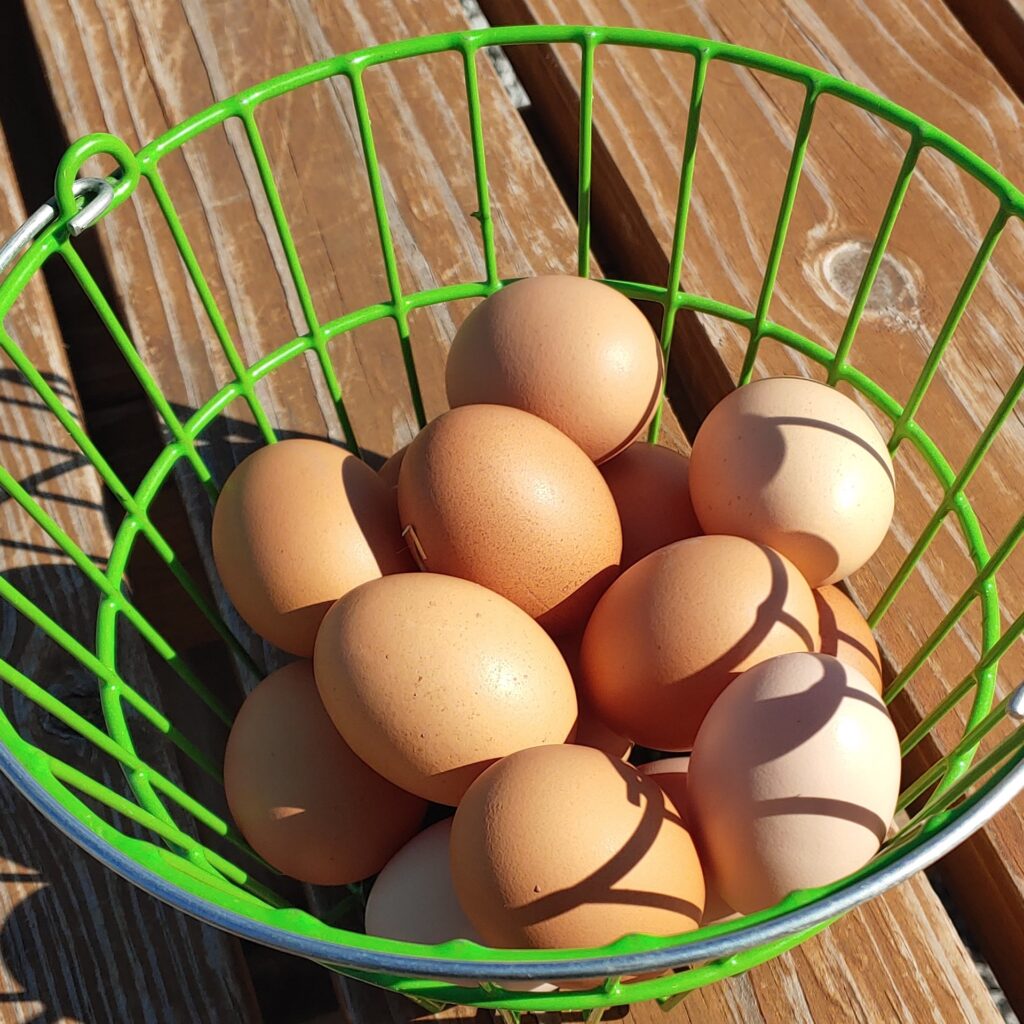
Meat birds
Real meat birds are a whole other story. We’ve tried a few different breeds.
We’ve mostly raised a Cornish Cross. This is a cross between a Cornish chicken and a White Rock chicken.
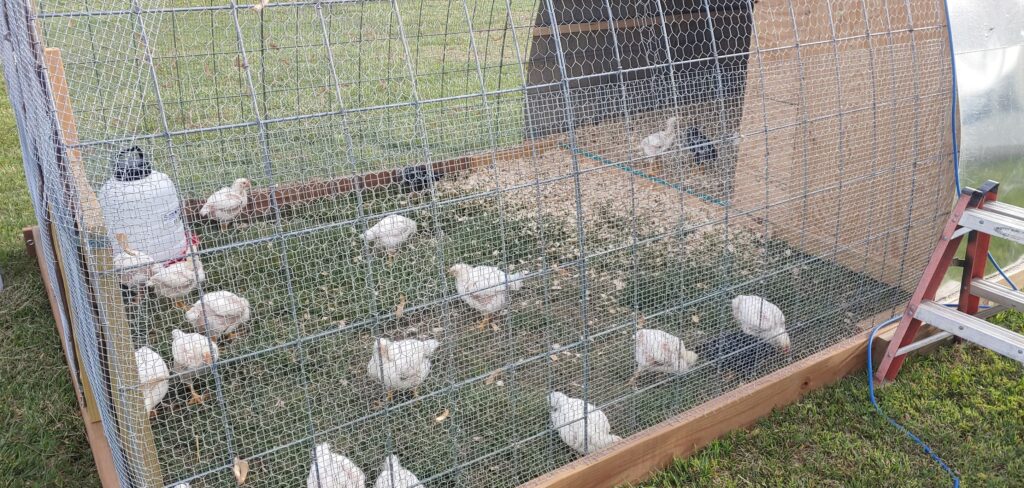
They’re an all white bird and what you will generally see in the grocery stores. They’re a really great bird, but they are not great in our Kansas heat. That means we have to be picky about when we have them.
We’ve also tried the Red Rangers. They are a cross between a dual purpose chicken (see below) and a Cornish Cross. They’re a hardier bird that does much better in the heat. In Kansas, that’s a good thing. But they are harder to pluck and the meat is not as tender, in our opinion.
Meat birds grow fast by design. And they get big enough, they waddle when they walk.
When they grow bigger they need to be contained so critters can’t get them. And we worked hard to create spaces for those birds, so they aren’t crowded, but are kept safe and can be moved easily.
Raising meat birds is over in about 8 weeks, but it’s a lot of work in the meantime. These birds are completely dependent on you for protection and to be moved daily and at some point twice daily to fresh ground.
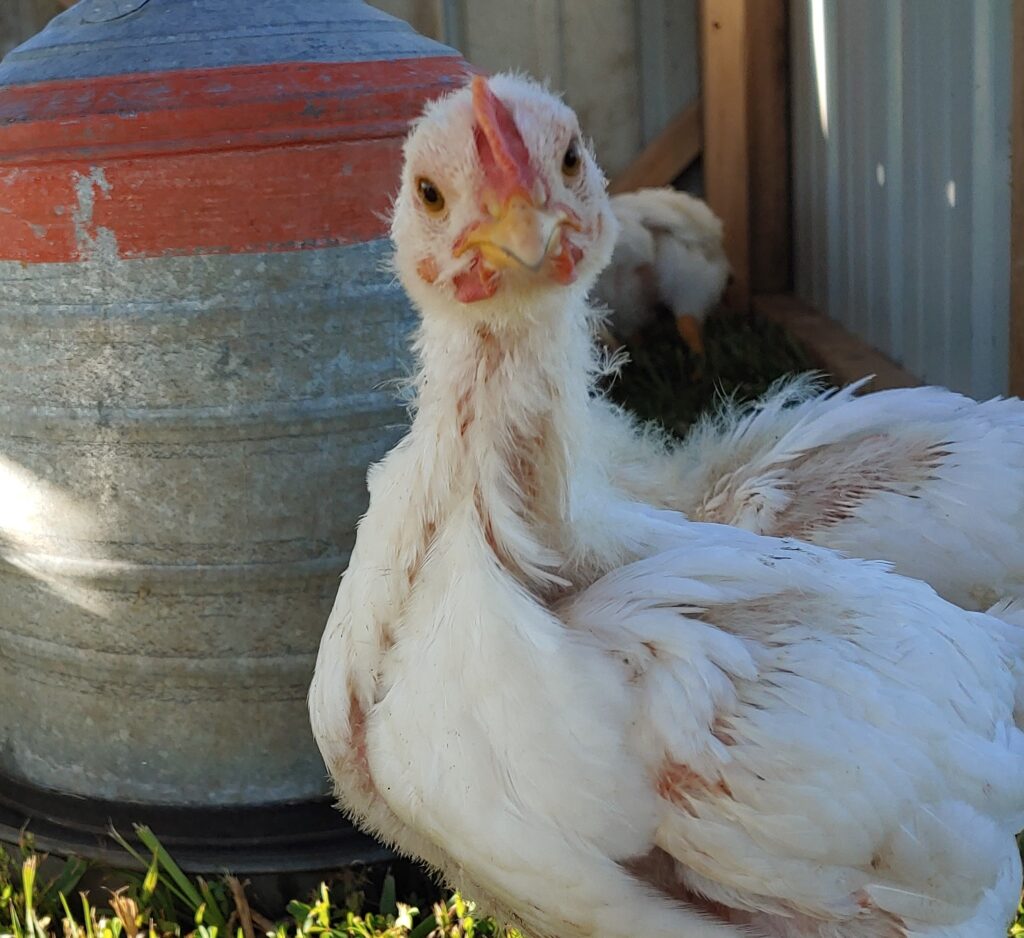
Because they are bred to eat a lot, and grow fast, they poop a lot. They make a big mess. That’s why they have to be moved often.
These birds are also really very sweet birds. I think a lot of that perception is because they waddle and don’t move around much, they just seem sweeter.
But after caring so carefully for these birds to ensure they have a wonderfully, sunny and safe life, that makes the inevitable that much harder.
But the thought of supporting the slaughter houses that provide chicken to the stores is much worse than giving these birds a wonderful life, however short it may be.
The birds you buy in the store, have likely never actually seen a bit of real sunlight. They’ve never had the chance to chase bugs (even though after a while they can’t catch them, but they still like to try). They’ve never seen a blade of grass or eaten any dandelion leaves. (They LOVE dandelion leaves).
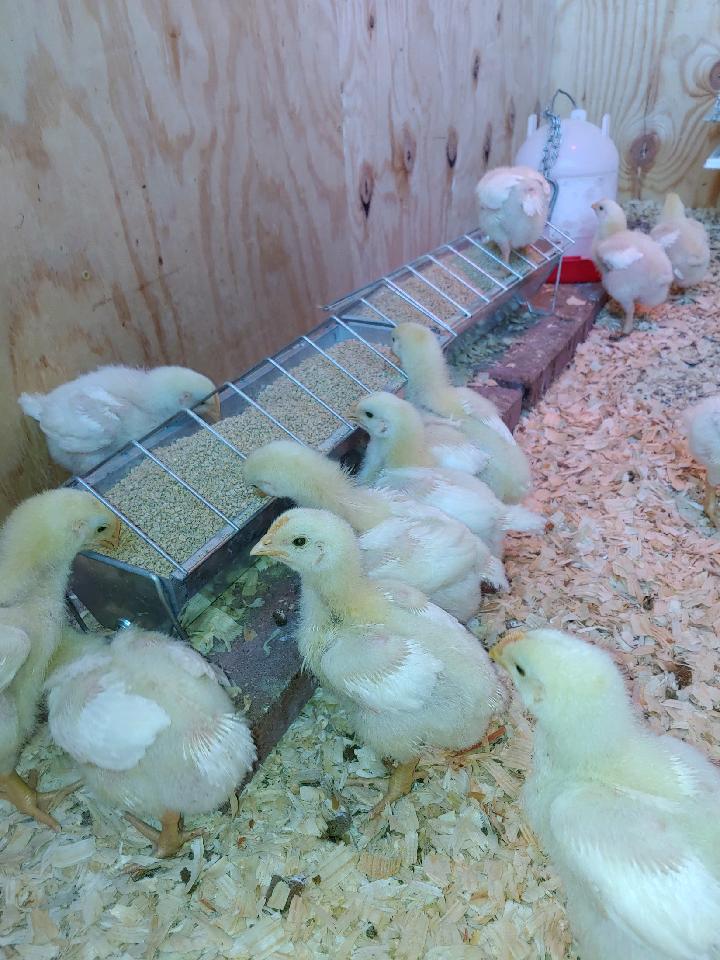
Our meat birds move to grass as soon as they are able to handle the outside weather. They love the grass and while they’re smaller they can chase and catch grasshoppers and other bugs.
These guys are almost there, but not quite.
The birds we raise for meat never have a bad day, until their last day. And we work hard to make sure that day is just as good as all the ones before.
Dual Purpose Chickens
There are several breeds of birds that are big enough to be considered dual purpose. Some are Orpingtons, Rhode Island Reds, a variety of Rocks, Wyandotte, Australorps, Sussex and Jersey Giants, to name a few.
That means they lay eggs and grow to a pretty good size, although not as quickly and not as big as the meat birds we buy.
For these, you’d probably want to use them for meat after their first year of laying eggs. Otherwise, they would begin to get tough as well. These would be the birds you can raise with roosters of the same breed and hatch eggs from, to self-perpetuate a flock, if you wanted to.
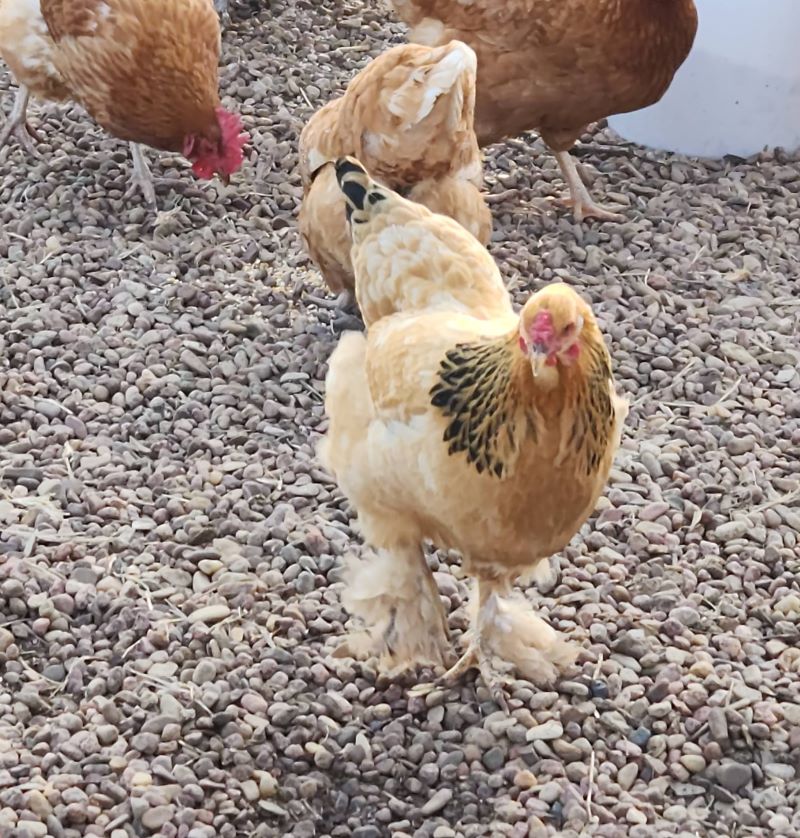
However, these birds are not the prolific egg layers that we use for the eggs we sell. Most of these birds don’t lay every day. They’ll lay 3 to 5 eggs per week, depending on the breed. For many folks who have chickens for eggs and some of their own meat for their own family, that works perfectly.
As a chicken farm, not so much.
So, now you know the differences in chickens.
So now you know the difference between laying hens and meat birds. And why we have the types of birds we do.
While they’re all chickens, there are vastly different types of chickens out there.
The more we farm, the more we learn of the differences. And the more we’ve discovered, the basics work best for us in what we want for our farm.
If you have any questions, feel free to comment or send me an email. We’re always happy to answer them as best we can.

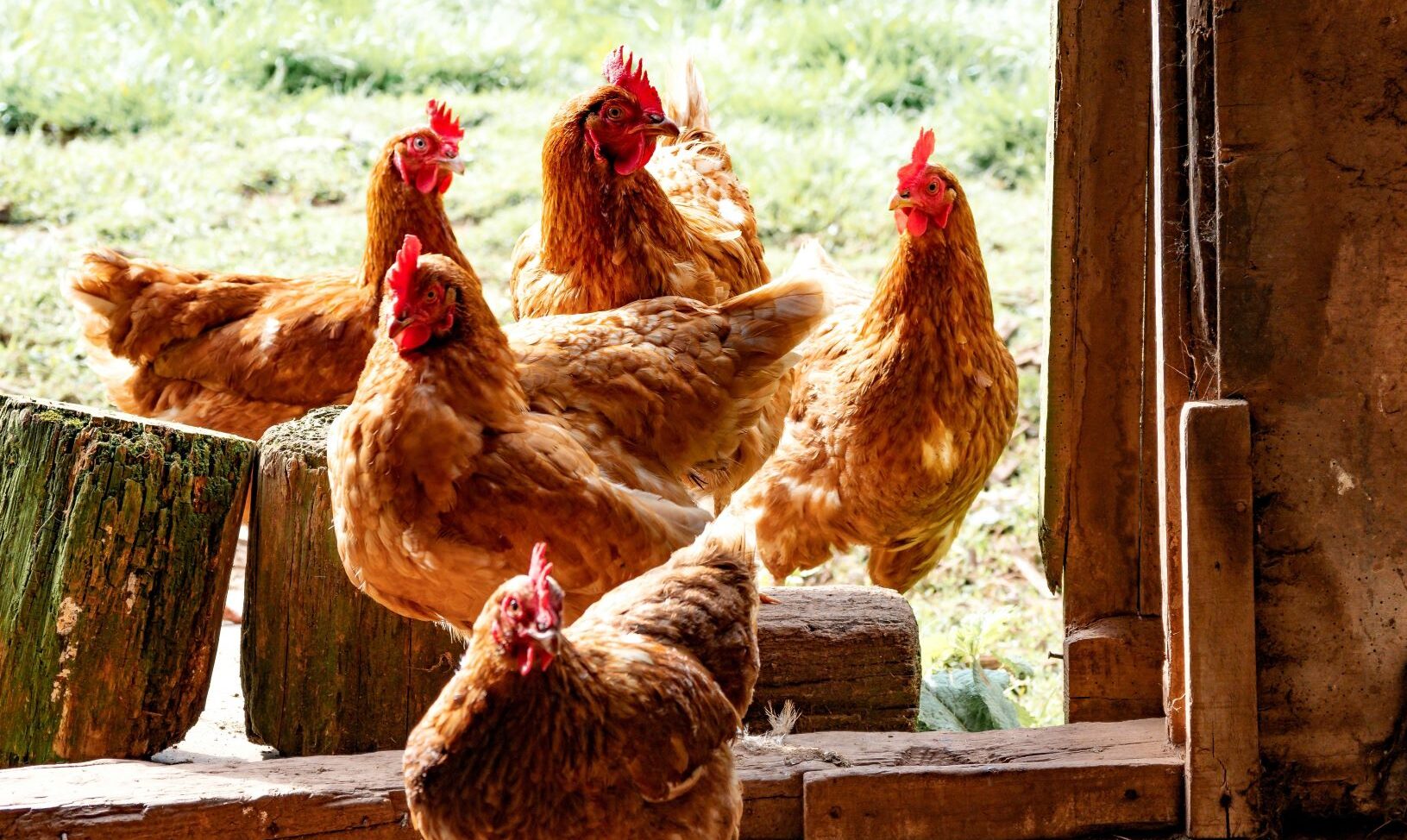
Would like to know cost of chickens butchered and when you butcher.
We process chickens twice a year, once in early May and again in the fall. The cost will be based on the cost of the chickens and the cost of feed. So we don’t know yet what the per pound cost will be this year. Keep an eye on the website for updates.
We are looking for 8 or 10 egg layers, do you have any chicks for sale or know where I can get some
I don’t now where you can get them locally. We don’t sell live birds. You might check Craig’s list or your local farm store.